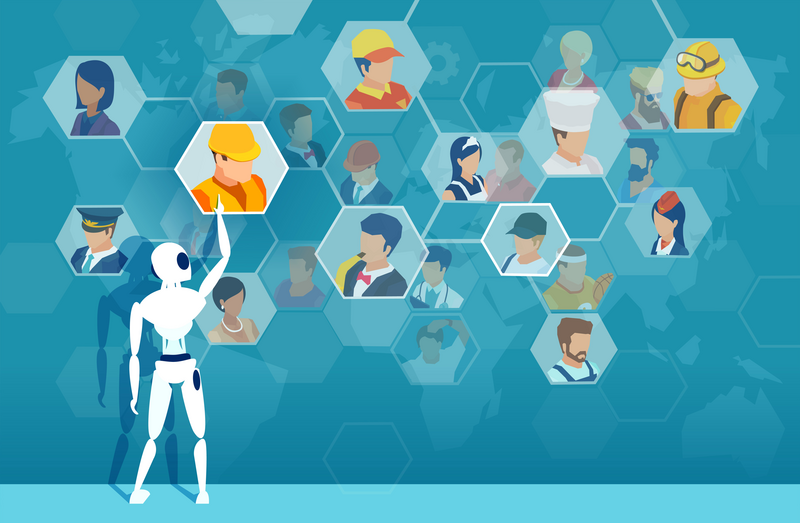ATD Blog
How Job Candidate Screening Changes in an AI World
Mon Mar 11 2024

“Thirteen people applied with the exact same paragraph,” she said, flustered. My friend, a VP of HR, and I were on a catch-up call. Her company has been running into a problem with screening people. Maybe you’ve encountered this one, too.
Her company is hiring a marketing person. The primary purpose of this role is to write unique social media posts, blogs, and email campaigns that will stand out in a crowded healthcare market. As part of the application process, candidates are required to write one paragraph about why they’re interested in this role.
That’s where the frustration happened. After reviewing 50 applications, it was clear to her that more than 25 percent of the applicant pool had used ChatGPT to write their submissions. “How did you know?” I asked, curious after hearing all the talk about artificial intelligence (AI). “They all started with the same four sentences,” she said as she shook her head. “I had to disqualify them all.”
The Homogeny of AI
AI is ushering in a new hiring era, and it’s making assessment anything but easy as we initially scrape the surface. On the one hand, it has its perks. In terms of equity, we’ve created tools that can help even the playing field for people who have little exposure to or understanding of corporate America and what makes a good resume. With AI, they can create more professional resumes easily, get correctly formatted cover letters in less than a minute, and draft professional emails.
The catch? Easy access has created a sea of sameness. Anyone can access these free tools and develop application materials. Little do they realize that other candidates are doing this, too. In a poll of 1,000 job seekers from ResumeBuilder.com, 46 percent used AI to build their resumes and cover letters.
That means about 50 percent of your hiring pool will give you the same or similar information. How are you supposed to assess which one is the best? Do you simply ignore the 50 percent of application materials that are generated by AI?
Too Much Reliance on AI Is Not a Good Thing
While it’d be easy to disqualify people using AI, it can also put you at a disadvantage. And, wouldn’t it be a little contradictory to do that while your talent team tries to figure out how to use AI to make hiring decisions?
AI is here to stay, so what steps can companies take to better ensure that candidates don’t fall victim to some of its downfalls? Here are a few suggestions:
Write a better job posting. Stop using AI to write your job postings. Those generic, buzzword-filled posts won’t attract the right candidates. Convey the impact, everyday activities, and mandatory requirements clearly and concisely. One simple way to make your post sound human is to write using voice-to-text technology to infuse a human tone. You may be surprised how human people are in response.
Tell candidates whether it’s OK to use AI (or not). People are going to use AI to write cover letters and resumes. Be explicit that any candidate applying for a writing job, for example, cannot use an AI-generated answer. Tell them why using AI might put them at a disadvantage.
Create a secondary screening. Create an application that confirms key elements of the job post. For example, if there’s a mandatory requirement that says, “Must have worked at a Fortune 100 as a sales leader where you held a quote of $1 million or more,” include a yes-or-no field in the application that asks, “Did you work at a Fortune 100 as a sales leader where you held a quote of $1 million or more?” Force applicants to validate key details before moving on to a phone screen.
AI use will be on the rise for the next 10 years, at least. Make sure you’re staying on top of the trends and communicating with candidates about the potential downsides of using AI to create their application materials.
